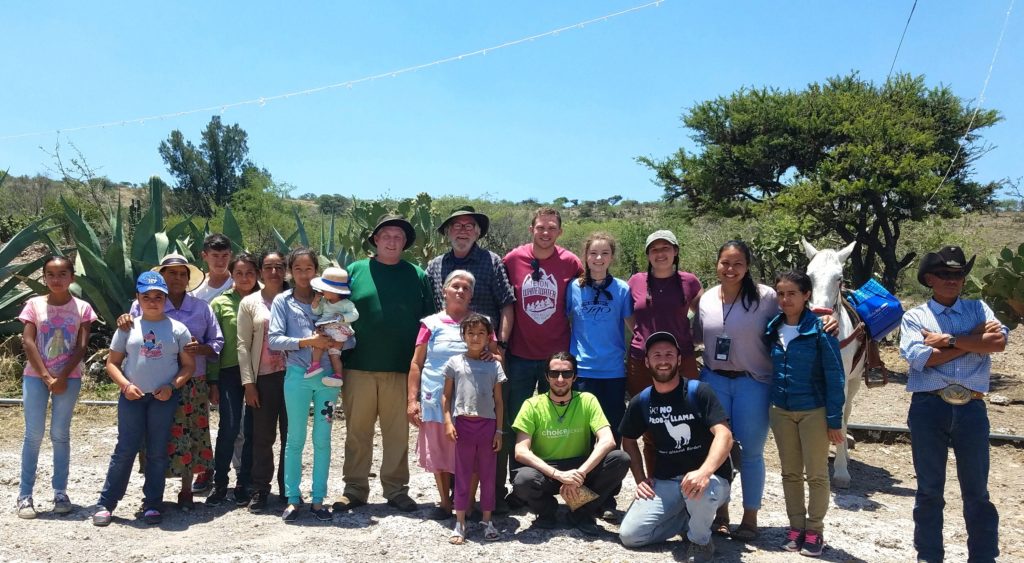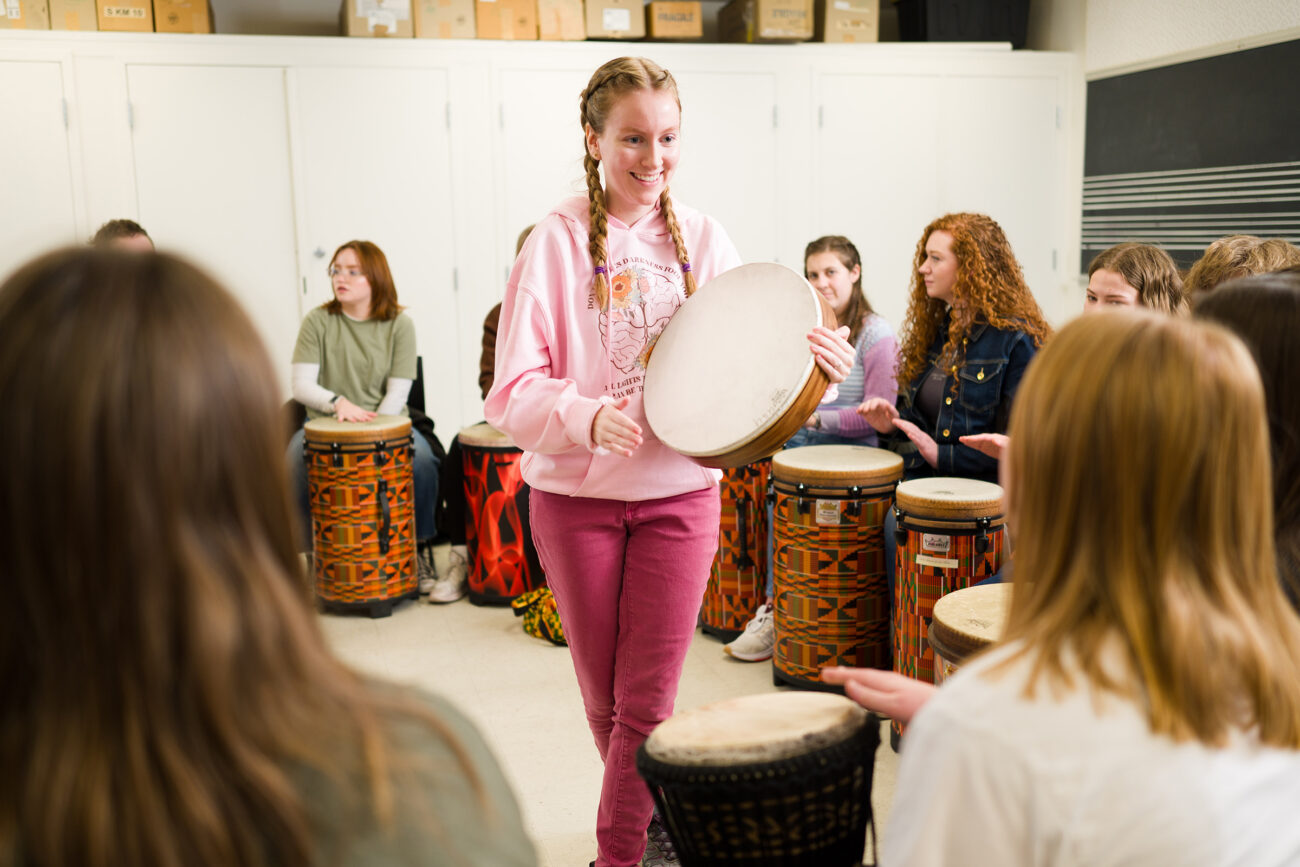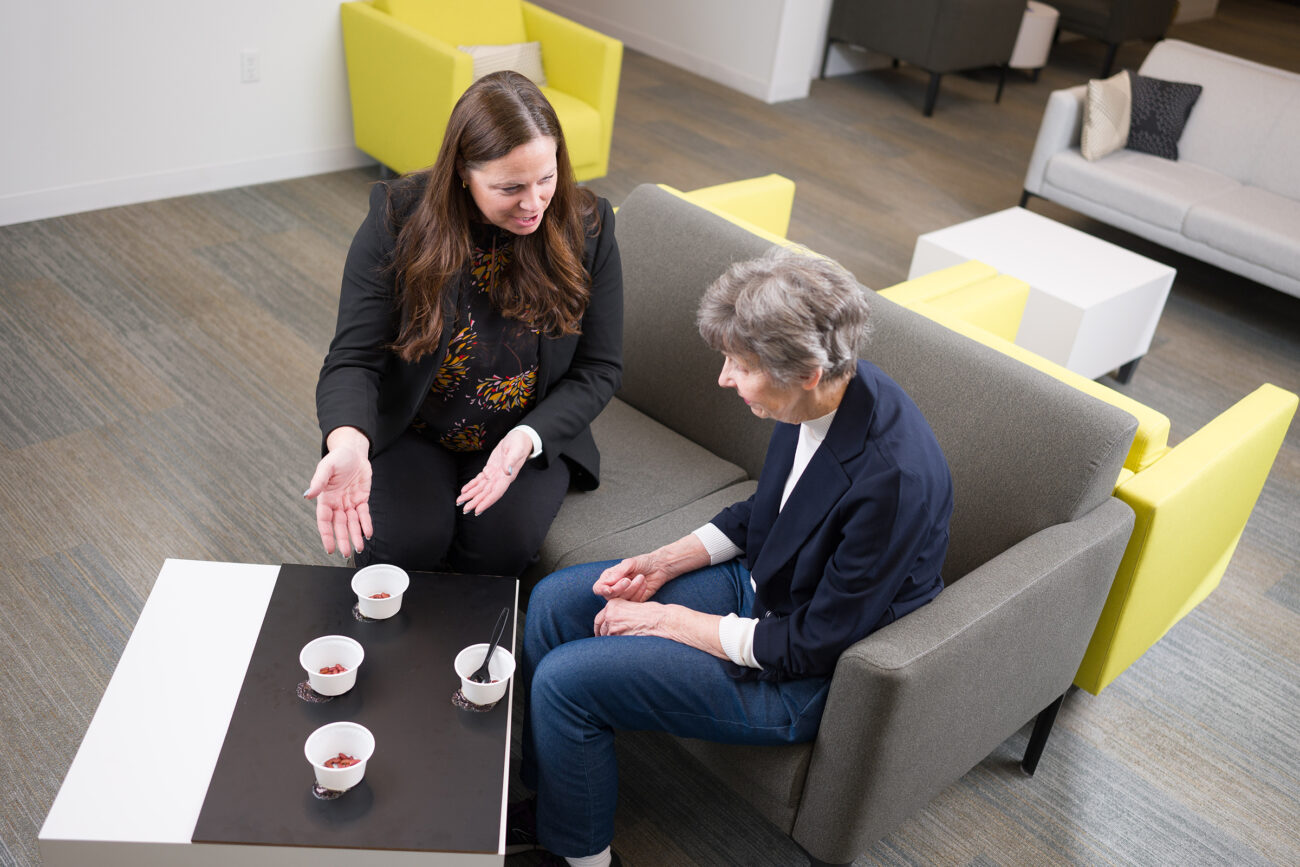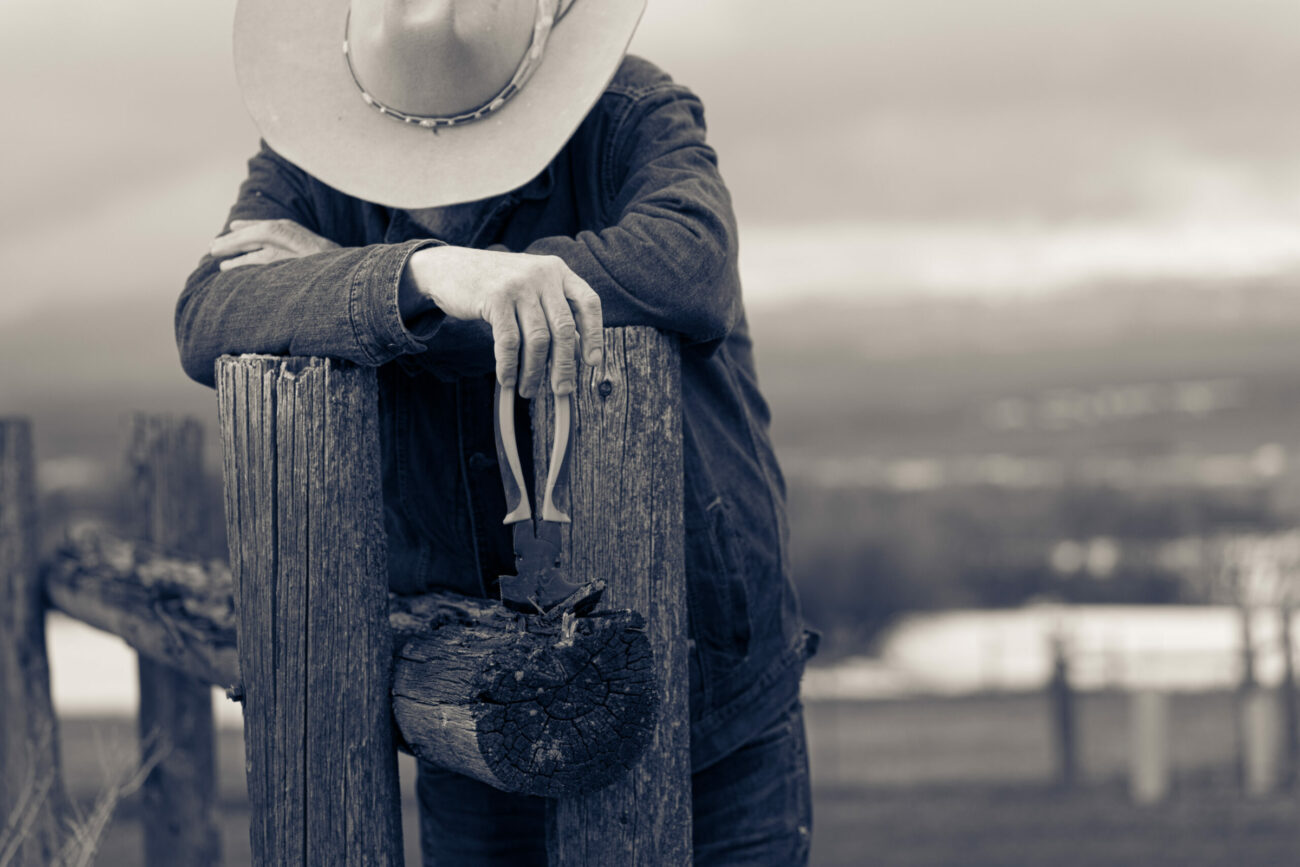Engineering Clean Water

In the hills of Central Mexico’s Guanajuato state, cacti and rocky terrain dominate the arid landscape.
It’s here in the tiny village of La Salitrera where a group of Utah State University students arrive with big green duffel bags stuffed with puzzles, games and books—all in Spanish, of course.
Parents are glad to see the visitors and the gifts they’ve brought for their young children. “Take that one,” a woman gestures to her daughter who reaches across the table for a colorful book about the solar system. A dozen smiling kids line up behind her. This makeshift book fair is one of the last opportunities students will have to interact with their Mexican hosts during an exhausting weeklong service project.
The USU chapter of Engineers Without Borders (EWB) has been traveling to this region since 2009 in an ongoing effort to improve the availability and quality of drinking water. Much of the water supply here comes from groundwater-fed wells that are susceptible to arsenic contamination. For years, EWB has worked with residents and government leaders to help address the problem by equipping local families with a simple but effective household tool: a biosand water filter.
“Biosand filters are point-of-use water filters typically made of concrete or plastic,” says EWB student leader Dallin Wiberg. “The filters contain multiple layers of gravel and sand and a layer of biologically active material called the Schmutzdecke, a German word that means dirt cover.”
The layers function together to remove pathogens and suspended solids. When enough filtered water pools at the bottom, pressure forces it up and through a spout, ready for drinking and cooking. But there’s still one lingering infiltrator. By adding a layer of rusty nails at the top, the biosand filter does something remarkable: it reduces arsenic.
“The oxidization of iron creates a product that binds to arsenic and prevents it from passing through the filter,” says Meg Licht, a second-year PhD student in USU’s biology department, the only non-engineer on the trip. “Engineers Without Borders is a bit of a misnomer because this organization is for anyone who wants to make the world a better place. Even though it’s not my field of study, I continue to work with EWB because it’s a wonderful opportunity to learn engineering principles, teamwork, and how to work with government officials and humanitarian groups.”
Licht studies evolutionary ecology. Her background in life sciences is useful when the team begins testing dozens of filters for bacteria. Filters constructed during previous EWB trips are still in use, though some function better than others.
“Part of the mission was to evaluate our work from previous years,” says Wiberg. “We tested water filter samples from all over the community and got drastically different results in the quality of water that comes from a frequently used filter versus one that’s seldom used.”
Biosand filters need to be replenished regularly to maintain the effectiveness of the Schmutzdecke, the first line of defense containing living organisms that kill harmful pathogens. If a filter dries out, it can have an opposite effect on water quality. The team spent a portion of the trip educating residents about how to properly use their filters.
The USU team didn’t invent the biosand filter, but team members have worked for years to improve its effectiveness and ensure the materials in the design can be sourced locally. Their work, led by USU Professor Ryan Dupont, has led to a more efficient building system and training tools that are passed on to local leaders at the end of each trip.
In addition to water filtration, the EWB team is addressing problems related to the community’s wells and supply lines. During the most recent trip, community leaders pointed out that low water pressure was leaving a part of the community at higher elevations with inadequate water supplies. Up until then, team members had been surveying locations for a proposed water tank.
“When we presented our information to the Multi-Community Water Counsel, however, we found that their needs had changed,” Wiberg says. “We were so impressed by their concern for their friends and neighbors. We quickly realized that our project needed to change.”
With the short time remaining, the team gathered the data to design a bypass pipeline to help ensure water reaches higher elevations. Now, they’re working on the solution in preparation for their next trip.





